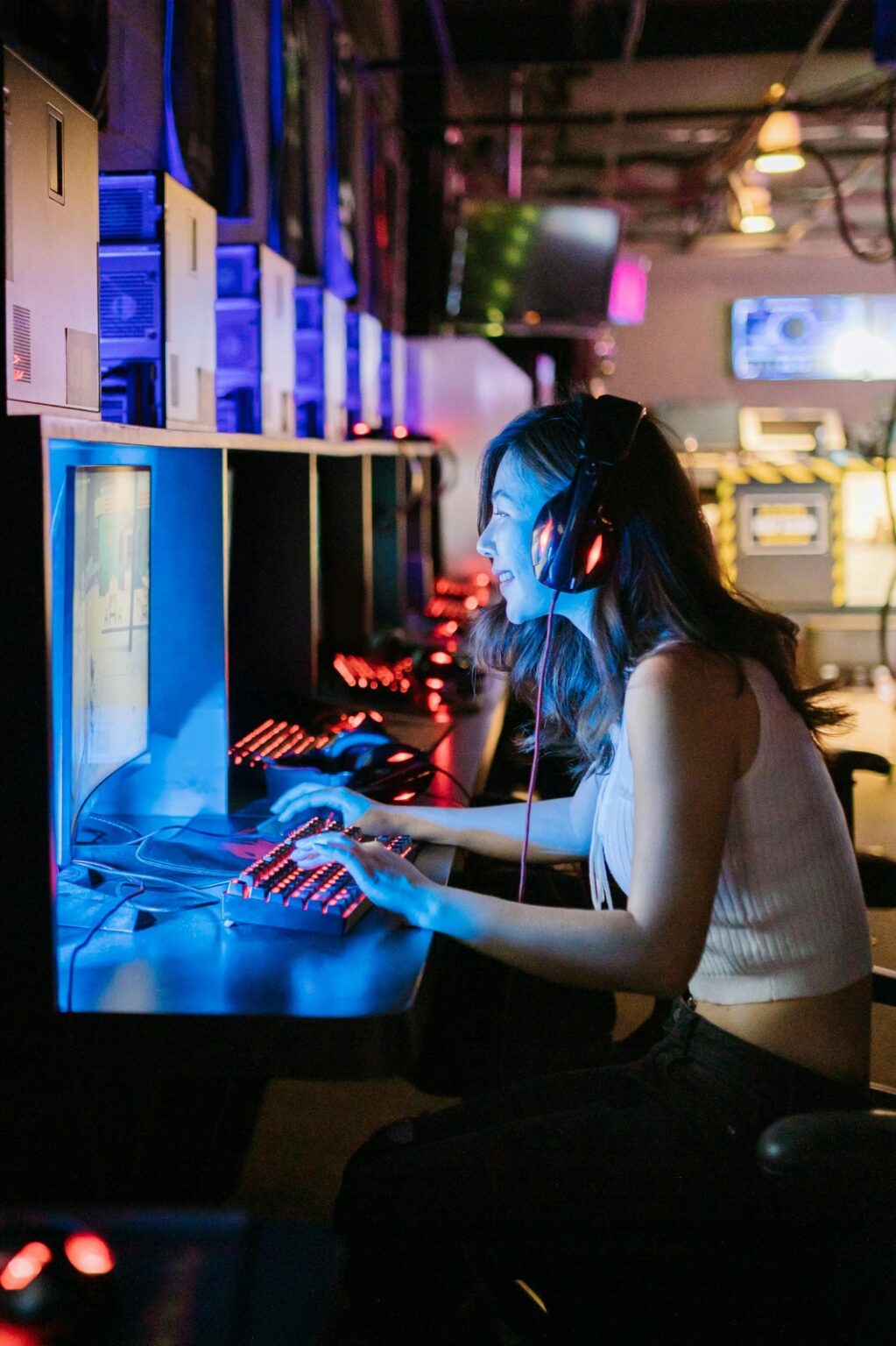How gamification is blurring the line between gaming and gambling
If you’ve ever looked at an online casino site and thought to yourself, “this is basically just playing a video game,” then you’re not imagining things. The casino industry has been stealing moves from the games industry for decades. From blinding graphics and whirling rewards to quests, levels and leaderboards, most online casinos now look and feel like the games you used to play on your console.
For players who grew up unlocking trophies in games such as Call of Duty or developing characters in RPGs, this gamified approach to online casinos is eerily familiar. It’s no longer a matter of rolling the dice or spinning the reels. It’s a matter of living through a world of progress, reward and challenge, something video game players are all too used to.
Platforms that combine it all
Not all casino sites are created equal, but the best ones go large on these gambling features. A perfect example is that of Betway, a website specially tailored to fit Zambia users. While Betway is perhaps best known for its sports book betting options, including live football match book betting and other sports betting, it offers a full online casino package with games that are nearly out of a computer game. The site is clean, straightforward and built to appeal to new and repeat players alike. For anyone who has spent hours of their life playing games online, the user experience and flow is immediately comfortable.
This cross-over is what distinguishes sites like Betway: They’re not a gambling destination, they’re built to engage players in the same manner video games do, every click a step forward and every win a part of a journey.
The pull of progress
One of the biggest spaces of intersection between online casinos and video games is progress. In any standard game, you may be grinding in order to level up your character, unlock the next skin or progress to the next part of a map. Online casinos apply these kinds of mechanics in order to keep players in the present.
Take loyalty programs, say. Instead of merely piling up points, some websites split them into “XP” (experience points) that fill a bar on your screen. Each time you hit a milestone, you level up to a new level that might reward you with better bonuses, exclusive games or free spins. It’s essentially the same hit of dopamine you experience when leveling up in Fortnite.
This approach makes gambling feel less transactional and more like a journey. You’re not just betting on a slot machine, you’re progressing through a layered system where effort (or in this case, wagers) equals advancement.
Missions, quests and daily rewards
If you’ve ever launched a mobile game, then you know the magnetism of log-in bonuses each day. You open the application, collect your free reward and maybe stick around longer than you should. Online casinos have copied the same move.
Most sites have started providing a daily challenge or mission: Play one particular game, achieve a specific target win or spin a certain number of times. These challenges are usually rewarded with mini prizes or progress toward greater rewards. It’s strangely reminiscent of completing daily quests in an RPG or pursuing achievements on Xbox Live.
This form of gamification provides a sense of structure to the experience. Instead of wild guessing, players have the sense that they’re accomplishing something to reach a goal. It transforms gambling into a process that resonates with the determination of completing quests in video games.
Visuals that pop like a game
The overall look of the online casinos has also been transformed. The boring green tables and simple slot images no longer exist. Today’s sites utilize good animation, movie-style intro and themed settings that would have been perfectly at home in a mass-market video game.
For example, some slot games are constructed around immersive fantasy landscapes, with heroes and stories and bonus features to interact with. Others simulate the frantic energy of shooters in arcades, with blast trails, power-ups and speed-of-light action.
These visual enhancements are not merely superficial. They’re painstakingly designed to make people feel as if they’re immersed in a real-world gaming experience, not just pressing a button and watching numbers flash by.
Social and competitive layers
The other huge overlap is the social and competitive nature of things. Video games exist on leaderboards, multiplayer experiences and social pride. Online casinos have borrowed this through tournaments and live-play features.
Instead of lone playing, players now compete in slot tournaments where their totals climb up a public leaderboard. The thrill of seeing your name climb higher shares the thrill of grinding through a ranked system in a competitive title.
Live dealer games also bring social into the equation. Players are able to talk with real dealers and from time to time with other players, making it feel more like a social lobby than a stand-alone gamble. The shared history, competitive advantage and chat windows all mirror what gamers already know of from online multiplayer gaming sessions.
Why gamers notice the difference
So, why should this matter to gamers specifically? Because the gaming and gambling mechanics crossover can make online casinos seem like home. Obstacles, levels, visuals and even social options are all something that gamers have been conditioned to respond to for years.
The danger, naturally, is that gambling involves real currency. The same dynamics are familiar, but the stakes are higher. The players can adjust to the shift without difficulty, but it must be remembered that the thrill of progress in casinos comes at no expense, it comes along with risk.
However, as a design field, borrowing is fascinating. The gaming and gambling worlds are no longer separated by a hard line. They’re borrowing mechanics, ideas and aesthetics at a rate which makes them all but indistinguishable at first glance.

